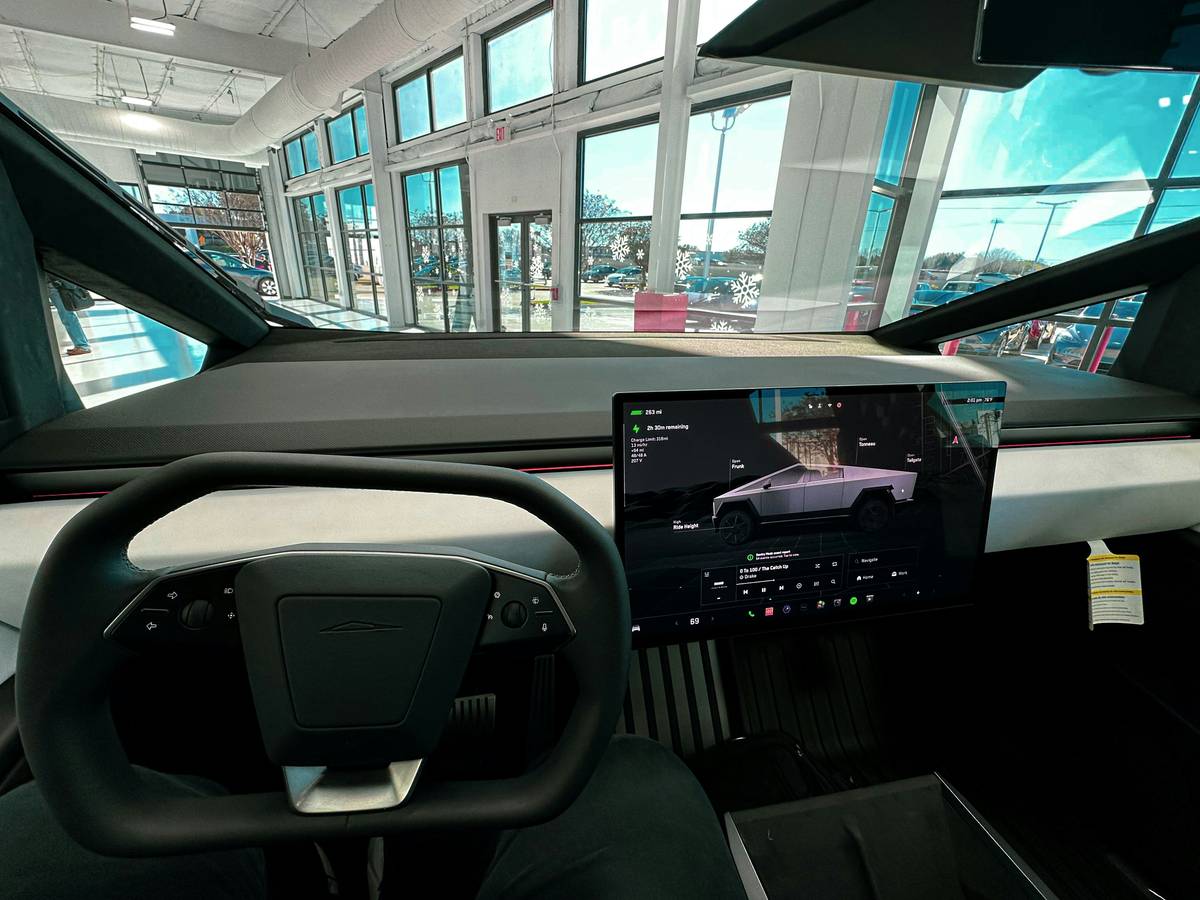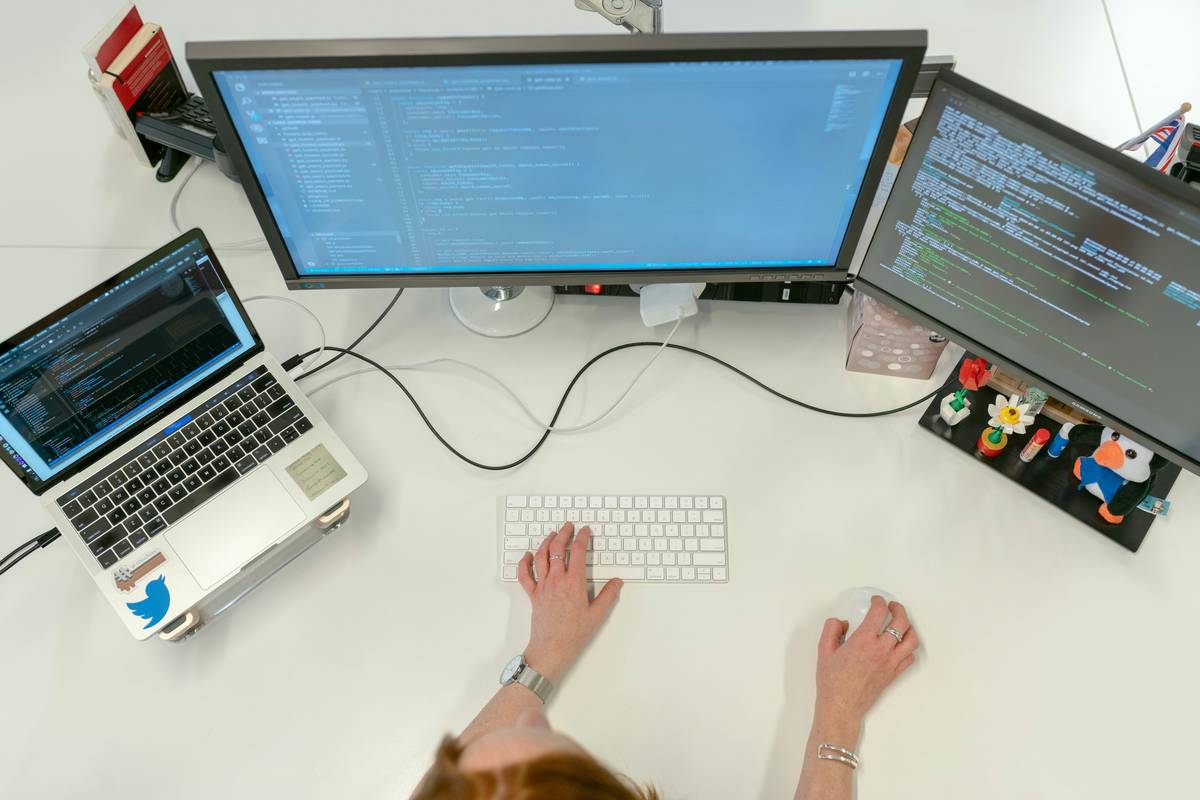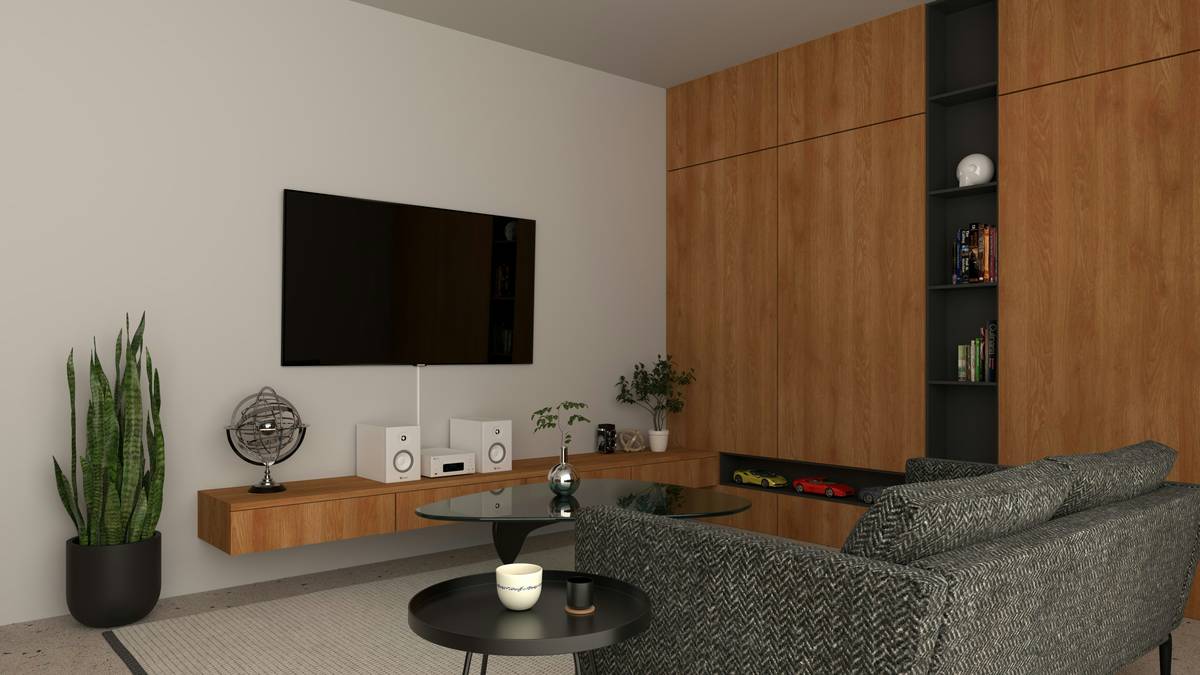Ever stared at your couch, wondering why it doesn’t do more than just sit there? Yeah, us too. In a world where smart home tech reigns supreme, smart furniture is stepping up to transform the furniture lifecycle. But before you toss your old recliner for something that syncs with Alexa, let’s dive deep into what this means—and how it impacts your wallet, your space, and even your carbon footprint.
This blog will unpack the stages of the furniture lifecycle, from production to disposal, and explore how smart furniture fits (literally) into the picture. You’ll learn the ins and outs of smart furniture technology, actionable tips for extending the lifecycle of your furniture, and real-world examples of homes turning their spaces into futuristic hubs.
Table of Contents
- The Problem with Traditional Furniture Life Cycles
- Understanding the Four Stages of the Furniture Lifecycle
- Smart Furniture Tips to Make Your Investment Last Longer
- Case Study: A Home Transformed by Smart Furniture
- Frequently Asked Questions (FAQs)
Key Takeaways
- Smart furniture extends the furniture lifecycle, making investments smarter and greener.
- Four stages define the lifecycle: production, usage, maintenance, and disposal.
- Tips like modular designs and software updates can help future-proof your furniture.
- Smart furniture isn’t just cool—it reduces clutter while optimizing functionality.
The Problem with Traditional Furniture Life Cycles
I once bought a coffee table so cheap I thought I’d hit the jackpot—only to realize later it wobbled worse than a toddler learning to walk. Three months in, it snapped under the weight of exactly two coffee mugs. R.I.P., bargain find.
This “cheap-and-replace” cycle is what plagues traditional furniture life cycles. Most pieces end up in landfills within years—not decades—thanks to poor-quality materials and design. According to the Environmental Protection Agency (EPA), furniture accounts for millions of tons of waste annually. It’s time we rethink sustainability, starting with every piece we bring into our homes.

Understanding the Four Stages of the Furniture Lifecycle
- Production: Ever heard that sound—whrrrrrrr—from a factory producing mass-market chairs? That noise symbolizes energy-intensive processes often reliant on non-renewable resources. Smart furniture companies are flipping the script with sustainable sourcing and eco-friendly practices.
- Usage: Once furniture enters your home, its performance matters. Traditional pieces often lack adaptability, but smart furniture integrates sensors, apps, and automation for multi-functional living.
- Maintenance: Here’s where things get chef’s kiss-level smart. Imagine a desk that diagnoses posture issues or a sofa that tracks daily activity—all through routine firmware updates!
- Disposal: Instead of tossing out an entire unit, smart furniture components can be upgraded or recycled, closing the loop sustainably.
Smart Furniture Tips to Make Your Investment Last Longer
Optimist You: “Follow these tips!”
Grumpy You: “Ugh, fine—but only if they involve zero assembly instructions written in hieroglyphics.”
Here’s the lowdown:
- Go Modular: Invest in pieces with interchangeable parts. Need extra seating? Snap in another module instead of buying a whole new couch.
- Use Technology Wisely: Check if the furniture has upgradable software. This keeps your smart chair relevant years after purchase.
- Avoid Overloading Functions: Terrible Tip Alert™: Don’t buy something because it promises to charge your phone, store snacks, AND moonlight as a treadmill. Simplify. Less chaos = happier furniture.
- Protect the Finish: Use protective sprays and covers. Sounds simple, but laziness kills longevity faster than spilled red wine.

Case Study: A Home Transformed by Smart Furniture
Meet Sarah, a freelance photographer whose tiny studio apartment became unrecognizable after adopting smart furniture. Her setup includes a multi-purpose bed frame doubling as storage and a smart lighting system embedded in her nightstand. The results?
- Space optimization skyrocketing by 40%.
- A decrease in monthly utility bills thanks to energy-efficient designs.
- Raving reviews from clients who marvel at her creative yet organized workspace.
As Sarah puts it, “It sounds like my laptop fan during a render, but hey—that’s progress!”

Frequently Asked Questions (FAQs)
Q: What exactly defines ‘smart furniture’?
A: Smart furniture incorporates tech features like app connectivity, sensors, or automation to enhance functionality without sacrificing aesthetics.
Q: Is smart furniture worth the investment?
A: Absolutely—if you value versatility, long-term savings, and reduced environmental impact. Think of it as giving birth to a Transformer, minus the explosions.
Q: Can older furniture be retrofitted with smart features?
A: Yes! Kits exist to add chargers, sensors, or IoT capabilities to existing pieces. Just don’t try to turn your IKEA hack into a cyborg.
Conclusion
In short, the furniture lifecycle is evolving rapidly thanks to smart technologies. By understanding how to extend the lifespan of your pieces through innovation, modularity, and thoughtful care, you’re not just investing in better furniture—you’re investing in a better future.
So next time you upgrade, remember: Like a Tamagotchi, your smart furniture needs nurturing. Feed it love (and maybe some regular app updates).
Haiku Time:
Furniture breathes life,
Smart tech makes rooms sing again.
Buy less, live more.


